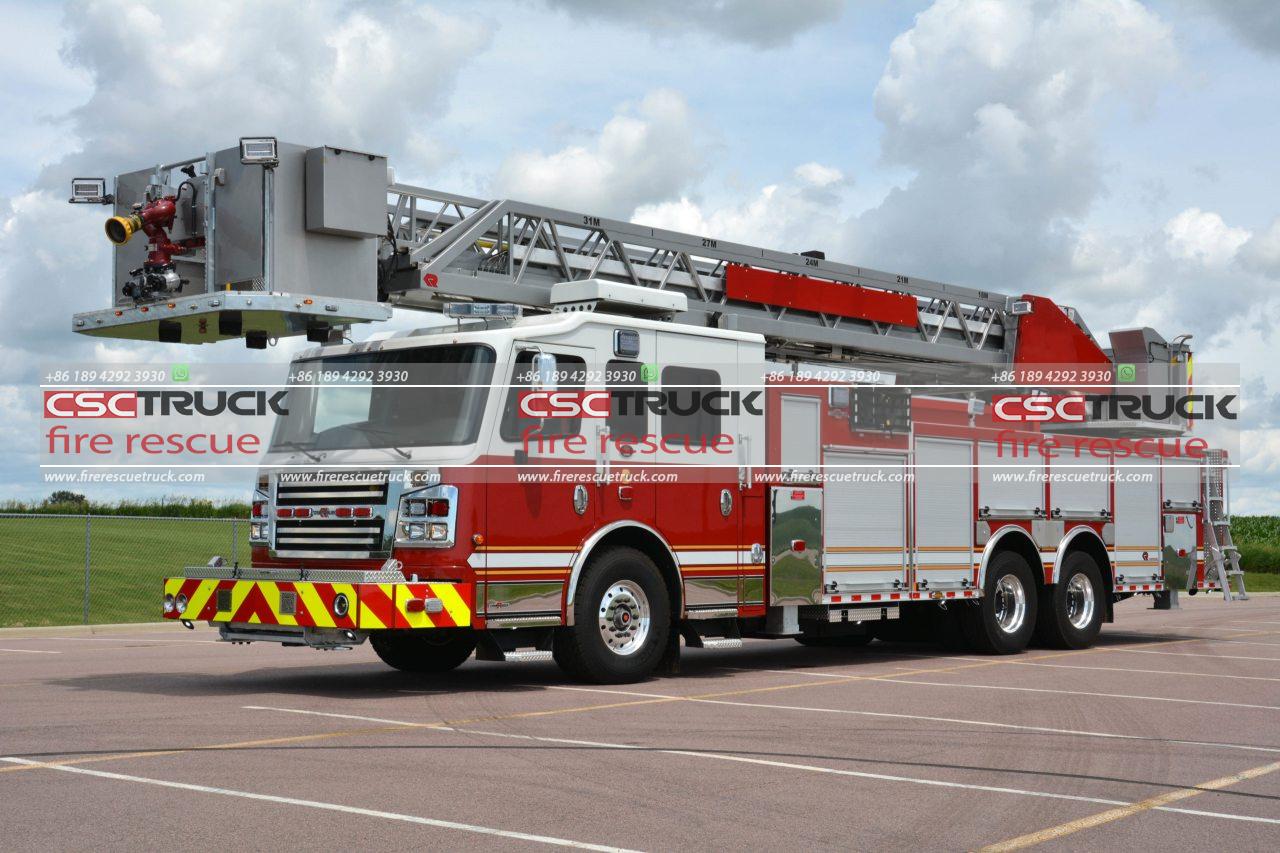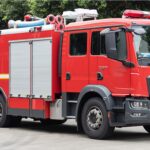Dry Powder Fire Truck: Reliable Dry Powder Fire Trucks for Specialized Fire Control
In the world of firefighting, specialized tools and vehicles are essential for addressing a variety of fire scenarios. Among these specialized tools, the dry powder fire truck stands out as a critical asset for controlling fires that traditional water or foam-based methods cannot effectively combat. This article delves into the specifics of dry powder fire trucks, exploring their design, functionality, and importance in specialized fire control.
Understanding Dry Powder Fire Trucks
Dry powder fire trucks are specialized firefighting vehicles equipped with tanks of dry chemical powder, typically monoammonium phosphate, sodium bicarbonate, or potassium bicarbonate. These trucks are designed to tackle Class B (flammable liquids and gases) and Class C (electrical) fires, which are challenging to extinguish with water or foam due to the risk of spreading the fire or causing an explosion.
The dry powder works by interrupting the chemical reaction of the fire triangle (fuel, heat, and oxygen), effectively smothering the flames and preventing re-ignition. This method is particularly advantageous in environments where water-based firefighting is impractical or hazardous.
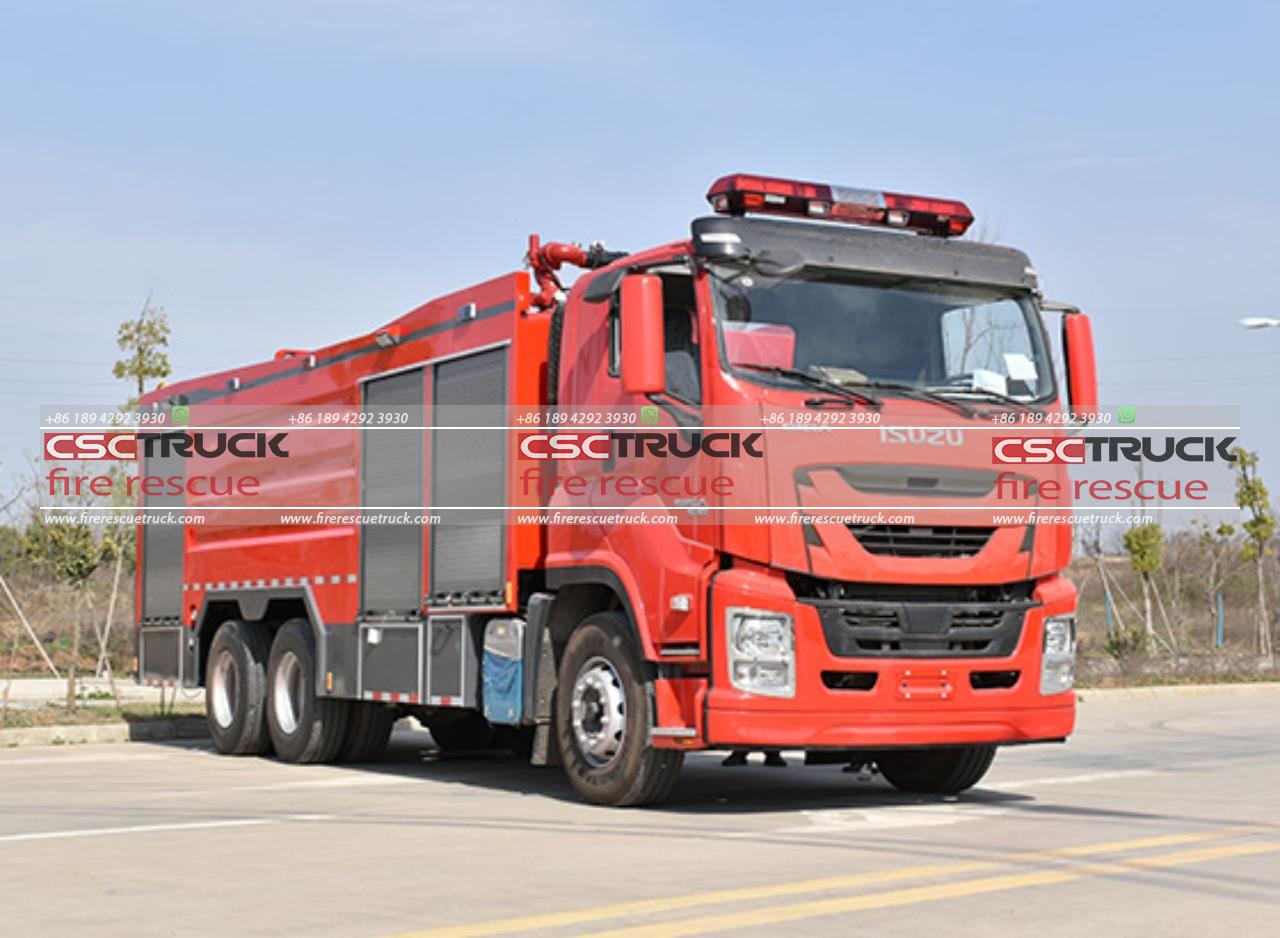
Key Components and Design
1. Powder Storage Tank: The heart of a dry powder fire truck is its storage tank, which holds the dry chemical powder. These tanks are designed to be robust and resistant to corrosion, ensuring the longevity and reliability of the vehicle.
2. Dispensing System: The dispensing system typically includes hoses, nozzles, and a propulsion mechanism to deliver the powder to the fire. High-pressure nitrogen or carbon dioxide propels the powder through the hoses and out the nozzles.
3. Control Panel: Modern dry powder fire trucks are equipped with sophisticated control panels that allow firefighters to manage the flow and pressure of the powder accurately. This precision is crucial for effectively targeting and extinguishing fires.
4. Auxiliary Equipment: Besides the dry powder system, these trucks may also carry traditional firefighting equipment, such as water hoses and foam dispensers, providing versatility in various fire scenarios.
Applications and Advantages
Dry powder fire trucks are invaluable in several specific scenarios:
1. Industrial Fires: Many industrial environments involve flammable liquids, gases, and electrical equipment, making dry powder an ideal firefighting agent. Oil refineries, chemical plants, and manufacturing facilities rely on these trucks for fire safety protocols.
2. Airport Firefighting: Aircraft fires, particularly those involving jet fuel, pose significant risks. Dry powder fire trucks are essential for airport fire services due to their ability to rapidly extinguish fuel fires and mitigate the risk of explosions.
3. Electrical Fires: In settings with high-voltage electrical equipment, such as power plants and substations, using water is highly dangerous. Dry powder fire trucks provide a safe and effective alternative for combating electrical fires.
4. Marine Environments: Ships and offshore platforms face unique fire hazards, including fuel spills and electrical malfunctions. Dry powder fire trucks, often part of a ship’s onboard firefighting arsenal, are crucial for maritime fire safety.
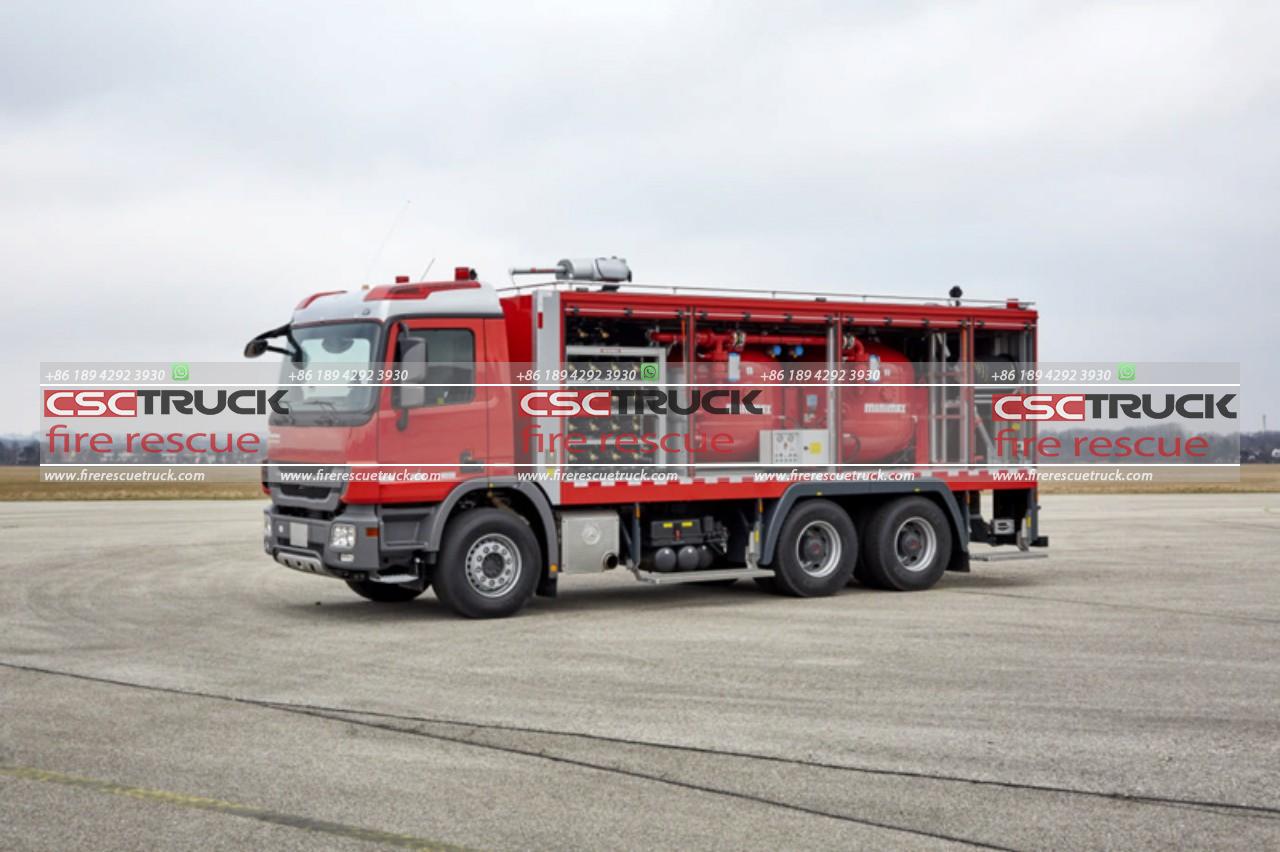
Technological Advancements
Advancements in technology have significantly enhanced the effectiveness and efficiency of dry powder fire trucks. Modern vehicles are equipped with automated systems that can detect fires and deploy dry powder without human intervention, increasing response times and reducing the risk to firefighters. Additionally, improved powder formulations have made these trucks more effective against a broader range of fire types.
Training and Safety
Operating a dry powder fire truck requires specialized training. Firefighters must understand the properties of the dry chemicals used, the mechanics of the dispensing system, and the specific techniques for different types of fires. Regular drills and training sessions are essential to ensure that firefighting teams can effectively and safely use these vehicles.
Safety is a paramount concern when dealing with dry powder fire trucks. The chemicals used can be hazardous if not handled properly, and the high-pressure dispensing systems require careful maintenance and operation. Fire departments must adhere to strict safety protocols to protect their personnel and the public.
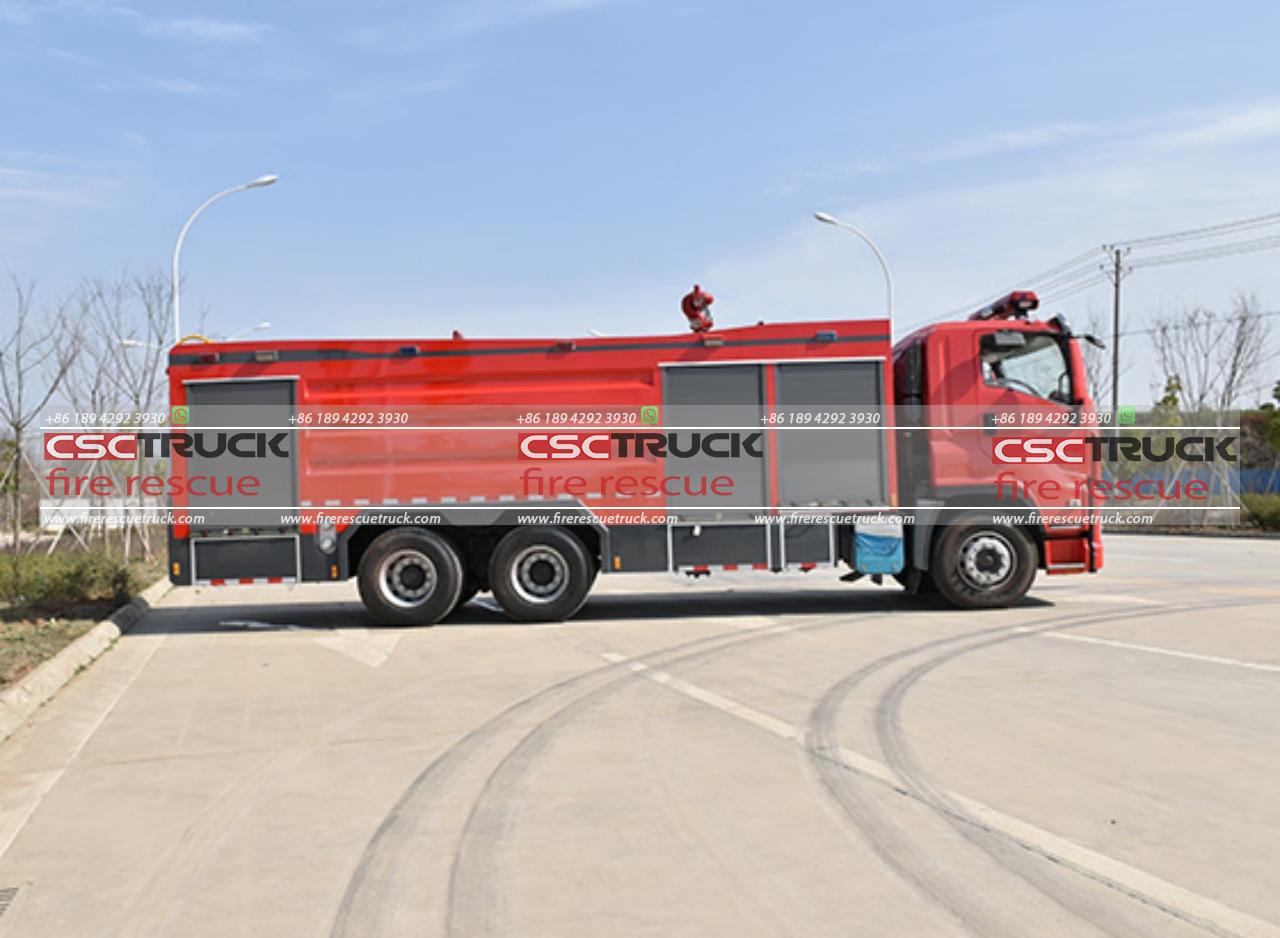
Environmental Considerations
While dry powder fire trucks offer many advantages, they also pose environmental challenges. The chemicals used can be harmful to the environment if not contained and cleaned up properly after use. Modern fire trucks incorporate systems to minimize environmental impact, such as recovery and recycling of used powder, and the development of more eco-friendly chemical formulations.
Case Studies
To illustrate the importance and effectiveness of dry powder fire trucks, consider the following case studies:
1. Oil Refinery Fire: In 2020, a major oil refinery experienced a significant fire due to a gas leak. Traditional firefighting methods proved ineffective, and the fire quickly spread. A fleet of dry powder fire trucks was deployed, and within hours, the fire was brought under control without any major explosions, highlighting the critical role of these specialized vehicles.
2. Airport Emergency: In 2018, an aircraft at a major international airport caught fire during refueling. The airport’s fire department, equipped with dry powder fire trucks, managed to extinguish the fire rapidly, preventing a potential disaster and saving lives.
3. Marine Incident: A fire broke out on an offshore oil platform in 2019, threatening to escalate into a catastrophic event. The platform’s onboard dry powder fire trucks were crucial in extinguishing the fire and preventing an oil spill, demonstrating their importance in marine safety.
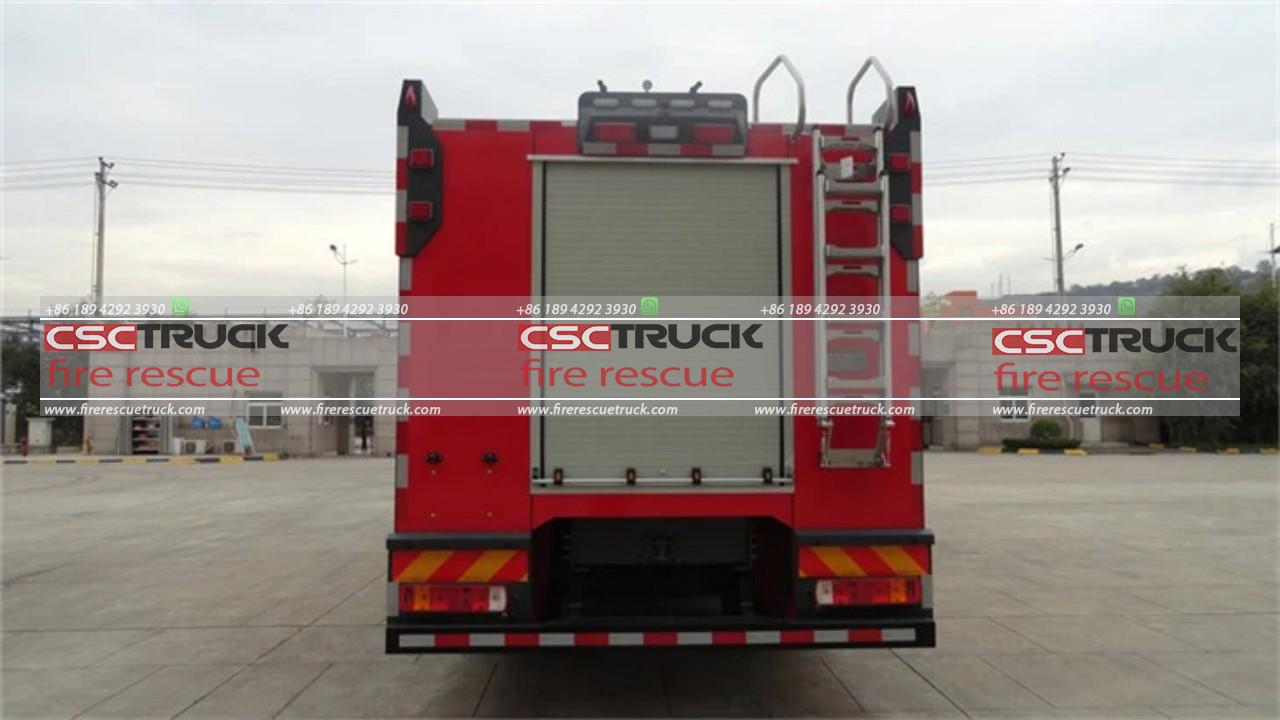
Conclusion
Dry powder fire trucks are indispensable tools in modern firefighting, offering reliable and effective solutions for specialized fire control scenarios. Their ability to tackle flammable liquid, gas, and electrical fires makes them essential for industrial, airport, electrical, and marine environments. With ongoing technological advancements and a focus on safety and environmental considerations, these specialized fire trucks will continue to play a vital role in protecting lives and property from the devastating effects of fire.




